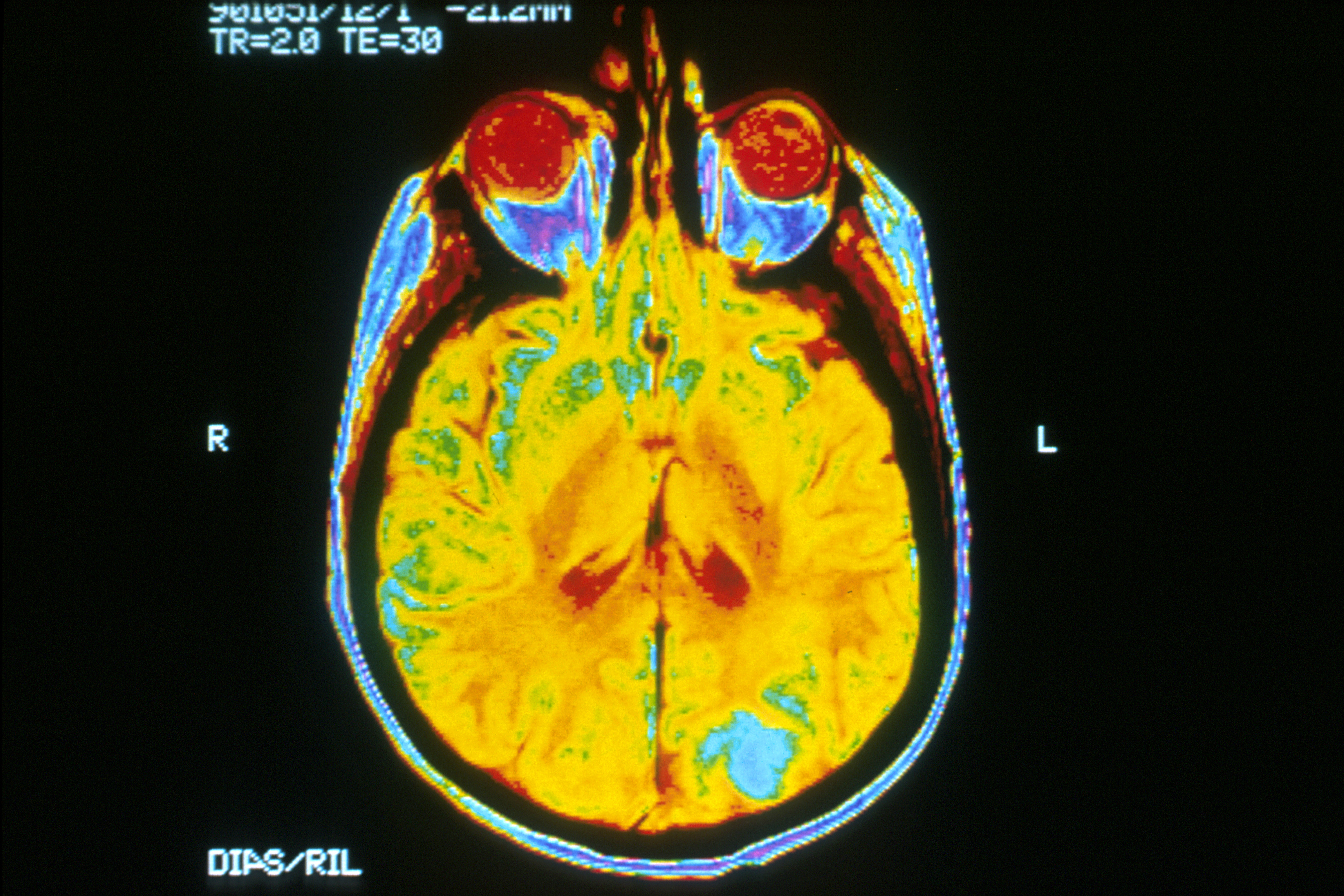The researchers from Binghamton University and the University of Colorado recently published a finding of a molecular structure of a protein that is considered as one of the factors that cause Alzheimer’s disease (AD). The protein, ß-amyloid, that was investigated was post translational modified, meaning that it was modified after a cell completed its assembly. After being modified ß-amyloid accelerates fibrillation (the process of plaquing), which causes the neuropsychological symptoms of AD. This finding may help discover the origin of the plaque production.
The structural analysis showed the significance of the protein as a pathological factor for AD, as well as the factor that accelerates fibrillation. The researchers were able to identify the structure and properties of the protein as a link in a chain of other polypeptides. However, the question of how the protein is modified still remains unanswered, particularly what form of the initial post translational protein results in the modification that causes the plaquing. It is still unknown if ß-amyloid’s wild-type form, the one that genetically most abundant (present in 99% of individuals),is being modified or if the mutant protein is causing the plaquing.
Source: Hu, Z.-W., Vugmeyster, L., Au, D. F., Ostrovsky, D., Sun, Y., & Qiang, W. (2019). Molecular structure of an N-terminal phosphorylated β-amyloid fibril. Proceedings of the National Academy of Sciences, 201818530. https://doi.org/10.1073/pnas.1818530116
Image source: Dr. Leon Kaufman. University Of California, San Francisco






No comments:
Write comments